I was recently gifted a nice new little laptop from a couple of family members. It is my first new computer in nearly eight years, thus I need to go about purchasing all those updated graphics programs. I want to draw cool pictures— might I someday be gifted the time!— so I bought a big screen. Then, of course, having a screen, I bought an external keyboard. Not having used a mouse since sometime in the mid 90s, I found it necessary to purchase an external trackpad. I don’t have all the correct adapters and such yet, so I’ve got a lot of pretty hardware sitting on my desk collecting fingerprints.
I need a break from my own deck and from one-card readings. My most-used spread has always been the celtic cross, although I am not certain I know what all the positions mean. Thus, I study the first two positions: The Significator and What Crosses Me. This would increase my typical reading by NEW! IMPROVED! 100% MORE CARDS! (one).
After more consideration than usual, I pulled the MRP Fairy Tale Tarot off the shelf. I really wanted something else, something simpler, but I paid too much for this deck, so I figure I ought to either try to appreciate it or be rid of it.
I picked out the Queen of Wands to represent myself, shuffled the deck, asked, “What Crosses Me?” and pulled Temperance. Is it possible to be crossed by temperance?
I take a break to scan the cards and ponder this and quickly discover that there is no software which enables my old scanner to function with my new computer. Sigh!*
The Fairy Tale story is called “Water and Salt.” It’s about learning to listen and appreciate the value of ordinary life. I suppose it is possible to be crossed by Temperance if one wishes to do something extraordinary. Or it is possible to be crossed by Temperance if one is extremely well-rounded and cannot choose a single path to follow. I suppose it is possible to be double-crossed by temperance should both instances be the case. Recently, I’ve been feeling double-crossed by temperance.
All the extremes that made my life so unusual are tempered by having a child. There are a number of extremes that I have excelled at. However, no one extreme has stood out above the rest for any extended period of time— except from the point of view of my partner’s son who sums it up quite well by saying that I am extremely bizarre. I have never argued.
The battle between the desire to DO DO DO DO DO and the desire to chill with my babe is not much of a struggle: the baby wins most every time. My one remaining extremity is writing. The fabulous worlds created by miraculous manipulation of the alphabet are one of the truest forms of magic. I have always dabbled in this form of sorcery. It has always been my dream to enchant.
Double-crossed by Temperance, the Queen pares her Wand to a fine point and takes aim.
*And I need a new camera, too, if I am ever to take pictures of my soon-to-crawl daughter.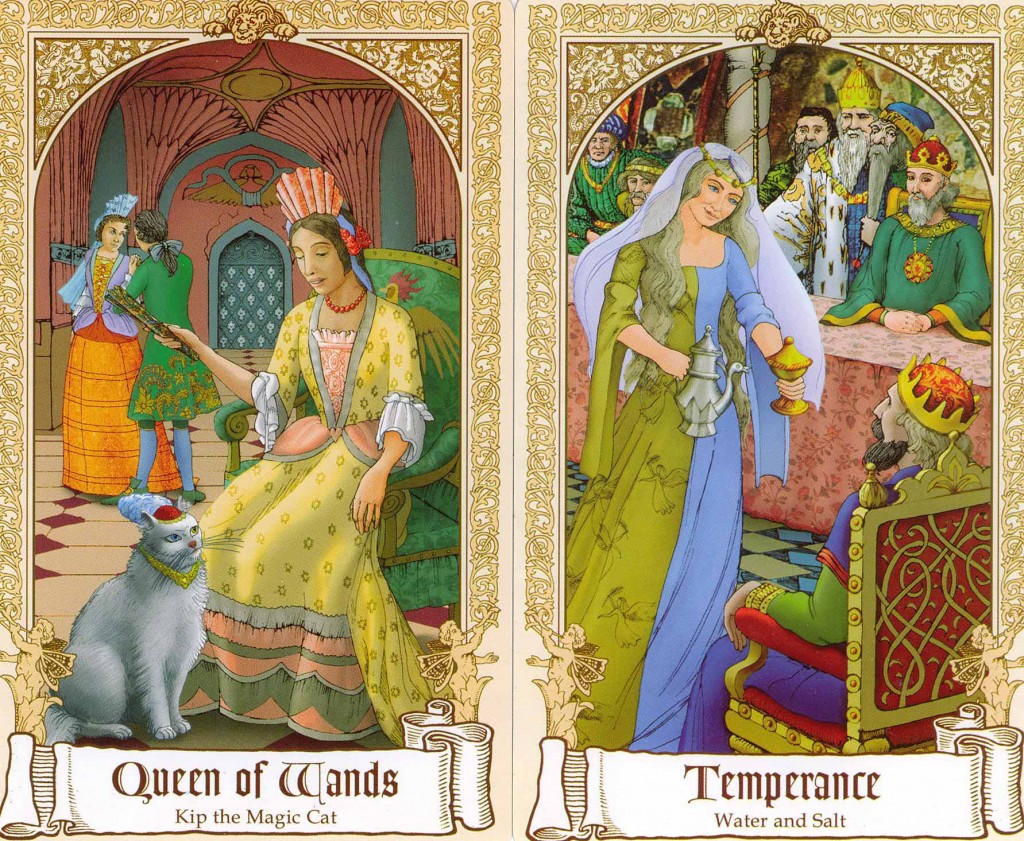




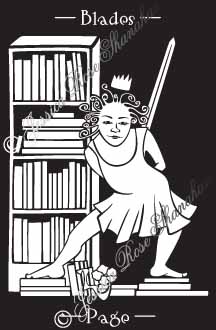 [I illustrated the Pages in my deck as girls to equal out the balance of power between the sexes among the courts a bit. Ultimately, Pages are youth and the Knights are teenagers and the Kings and Queens are grown-ups. The Pages have crowns due to my own ignorance. What was I thinking?]
[I illustrated the Pages in my deck as girls to equal out the balance of power between the sexes among the courts a bit. Ultimately, Pages are youth and the Knights are teenagers and the Kings and Queens are grown-ups. The Pages have crowns due to my own ignorance. What was I thinking?]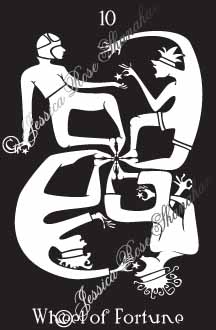
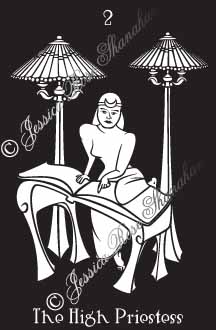 The High Priestess represents wisdom, knowledge and understanding. She holds the key to access the realm of the unconscious— the dreamworld— the underworld of the self. She learns by crawling into the book of knowledge, becoming that which needs to be known, learning by experience. She is the first to travel her chosen path. She learns her way intimately, then guides others by teaching us to do as she has. Along the way she tells us, “Listen. Listen to yourself. Pay attention. Be accountable for your decisions. Listen.” Her intuition is high. Her self-knowledge is deep. She does not waste her attention on superficial things.
The High Priestess represents wisdom, knowledge and understanding. She holds the key to access the realm of the unconscious— the dreamworld— the underworld of the self. She learns by crawling into the book of knowledge, becoming that which needs to be known, learning by experience. She is the first to travel her chosen path. She learns her way intimately, then guides others by teaching us to do as she has. Along the way she tells us, “Listen. Listen to yourself. Pay attention. Be accountable for your decisions. Listen.” Her intuition is high. Her self-knowledge is deep. She does not waste her attention on superficial things.
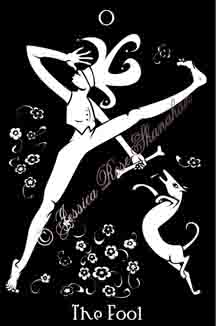
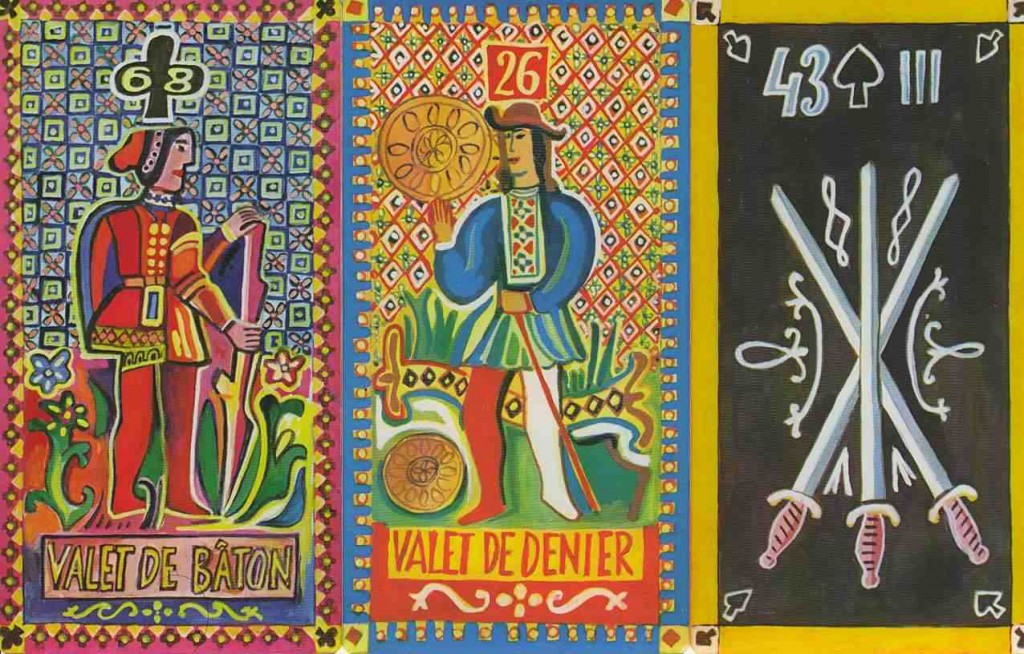
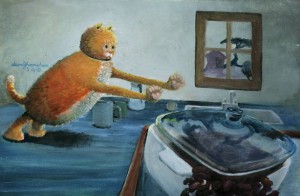 My brother Dan (see
My brother Dan (see 
 Upright: hard work, great achievement, burden of responsibility, stress
Upright: hard work, great achievement, burden of responsibility, stress